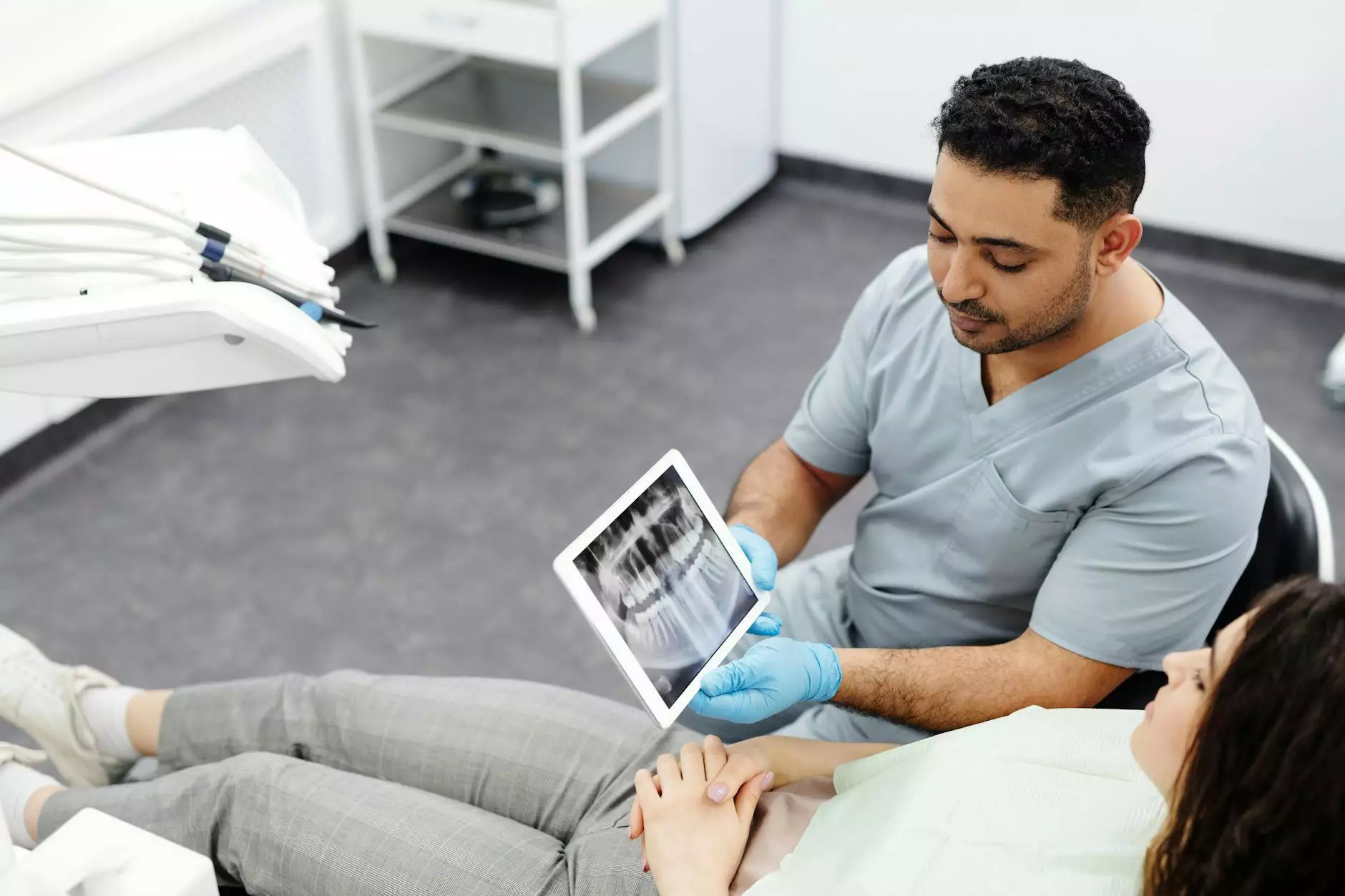Lung Cancer Screening: A Comprehensive Guide for Better Health

Lung cancer remains one of the leading causes of cancer-related deaths globally. However, advancements in medical technology and screening processes have significantly improved early detection rates, leading to better treatment outcomes. This article delves into the various aspects of lung cancer screening, highlighting its importance, techniques, and what individuals can do to prioritize their respiratory health.
Understanding Lung Cancer
Lung cancer generally develops in the tissues of the lungs, most often in the cells lining the air passages. There are two primary types of lung cancer: non-small cell lung cancer (NSCLC) and small cell lung cancer (SCLC). Each type varies in terms of growth rate, treatment options, and prognosis.
Risk Factors for Lung Cancer
While anyone can develop lung cancer, certain factors enhance the risk:
- Tobacco Smoke: The most significant risk factor, accounting for approximately 85% of cases.
- Exposure to Radon: A naturally occurring gas that can accumulate in buildings.
- Asbestos and Other Carcinogens: Certain occupational exposures increase risk.
- Family History: A genetic predisposition can elevate risk levels.
- Age: Most individuals diagnosed with lung cancer are 65 or older.
Importance of Lung Cancer Screening
Early detection is key in improving lung cancer survival rates. The earlier lung cancer is detected, the higher the chances of successful treatment and recovery. Here's why lung cancer screening is crucial:
Enhancing Survival Rates
Studies have shown that screening high-risk individuals for lung cancer can reduce mortality by up to 20%. This significant decrease is attributed to the identification of cancer at earlier, more treatable stages.
Access to Advanced Treatments
With early detection facilitated by screening, patients are often eligible for less invasive treatments. Options like targeted therapies and immunotherapies are most effective when cancer is diagnosed early.
Cost-Effectiveness and Healthcare Savings
Preventative care through screening can lead to substantial savings for healthcare systems by reducing late-stage treatment costs.
Types of Lung Cancer Screening
The primary method for lung cancer screening is low-dose computed tomography (LDCT). This non-invasive imaging technique produces detailed images of the lungs to identify abnormal growths.
Low-Dose Computed Tomography (LDCT)
LDCT is recommended for individuals who are at high risk of lung cancer, particularly:
- Adults aged 50-80 years who have a history of heavy smoking.
- Current smokers or individuals who have quit within the last 15 years.
Other Screening Methods
While LDCT is the standard screening method, researchers are exploring additional techniques, including:
- Chest X-rays: Not as effective as LDCT but may still be used in some cases.
- Biomarker Testing: Analyzing blood samples for cancer markers.
The Lung Cancer Screening Process
Understanding what to expect can alleviate anxiety for individuals undergoing lung cancer screening.
Preparation for Screening
Patients are typically advised to inform their healthcare provider of any medications they are taking and discuss their smoking history. No special preparation is usually required for the LDCT scan itself.
The Screening Procedure
The actual LDCT scan lasts only about 10 to 15 minutes:
- The patient will change into a gown and lie down on a table.
- The technician will position the patient and explain the process.
- During the scan, patients must remain still and hold their breath briefly while the images are taken.
Interpreting Results
Results from an LDCT scan will typically be available within a few days. If abnormal spots are detected, further imaging or biopsy may be necessary for diagnosis. It's essential for patients to discuss findings with their healthcare provider to understand the implications fully.
Who Should Consider Lung Cancer Screening?
Lung cancer screening is not meant for everyone. The following criteria help determine who should be screened:
- Aged 50 to 80 years.
- A 20-pack-year smoking history (1 pack per day for 20 years).
- Current smoker or have quit within the last 15 years.
Benefits of Early Lung Cancer Screening
Regular screening can lead to numerous health advantages:
- Increased Awareness: Regular screenings foster awareness about symptoms and risk factors.
- Early Intervention: Leads to a higher probability of successful treatment outcomes.
- Better Quality of Life: Patients who undergo early treatment often experience better health outcomes.
Conclusion: Prioritizing Lung Health
Understanding the significance of lung cancer screening is essential for individuals at risk. Monitoring lung health through regular screening can lead to early detection, more effective treatment options, and ultimately, improved survival rates. It is crucial to have open dialogues with healthcare providers about screening options, especially for those who are at risk.
Take Action Today!
If you or someone you know falls into the high-risk category for lung cancer, consider discussing lung cancer screening options with your healthcare provider. Protecting your health today can lead to a brighter, healthier tomorrow.
For more information on lung cancer screening and other health services, visit Hello Physio.









